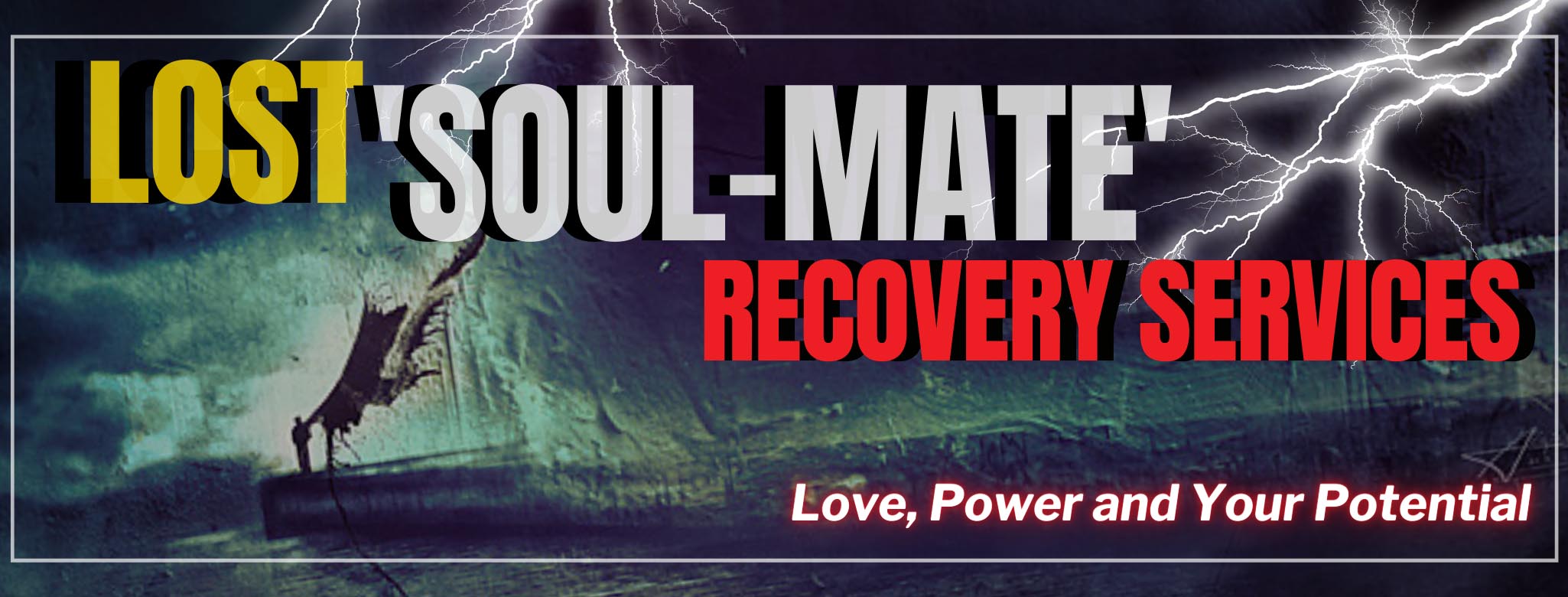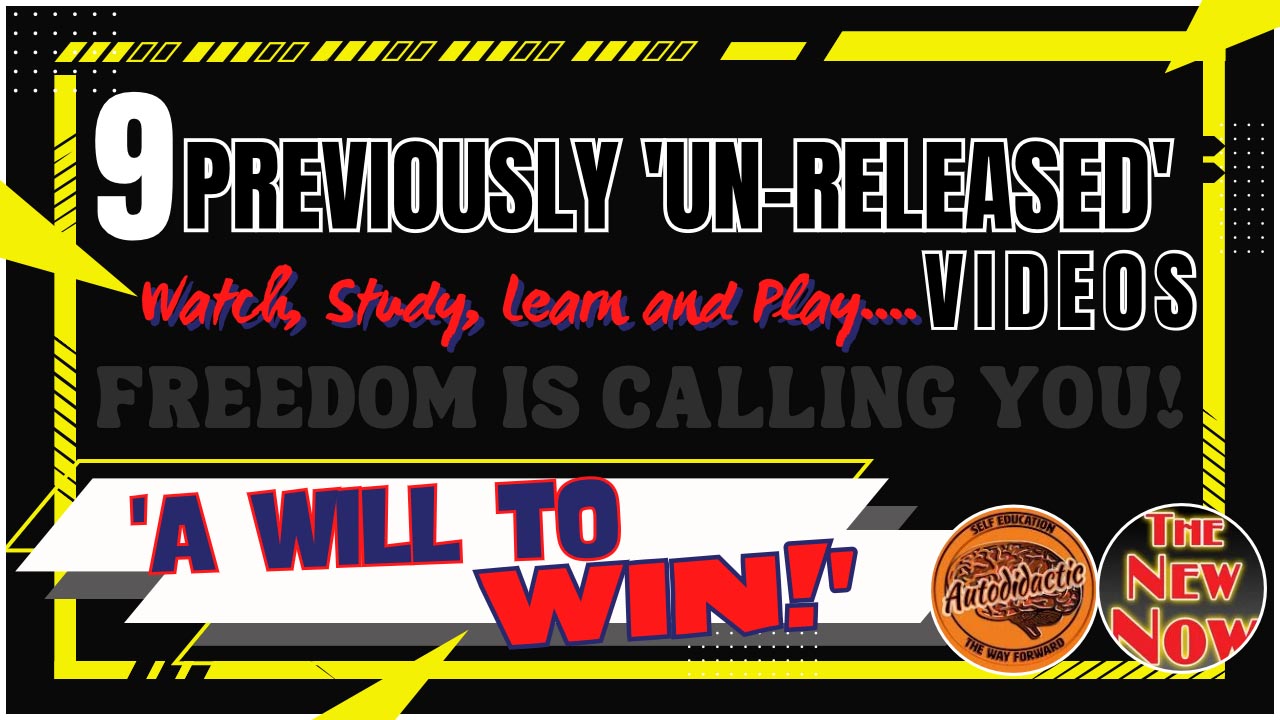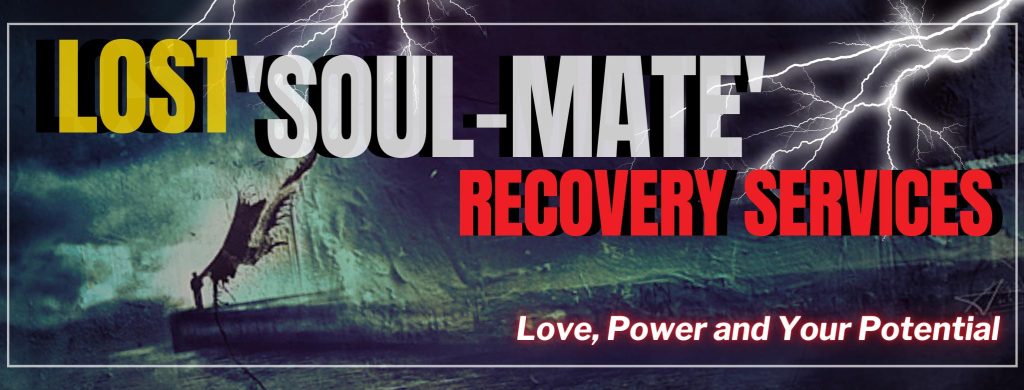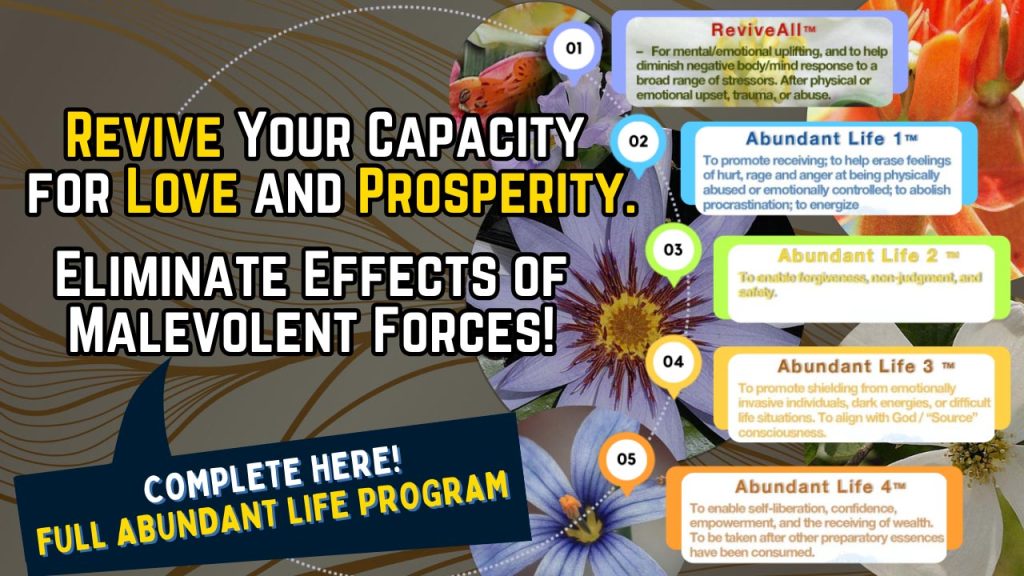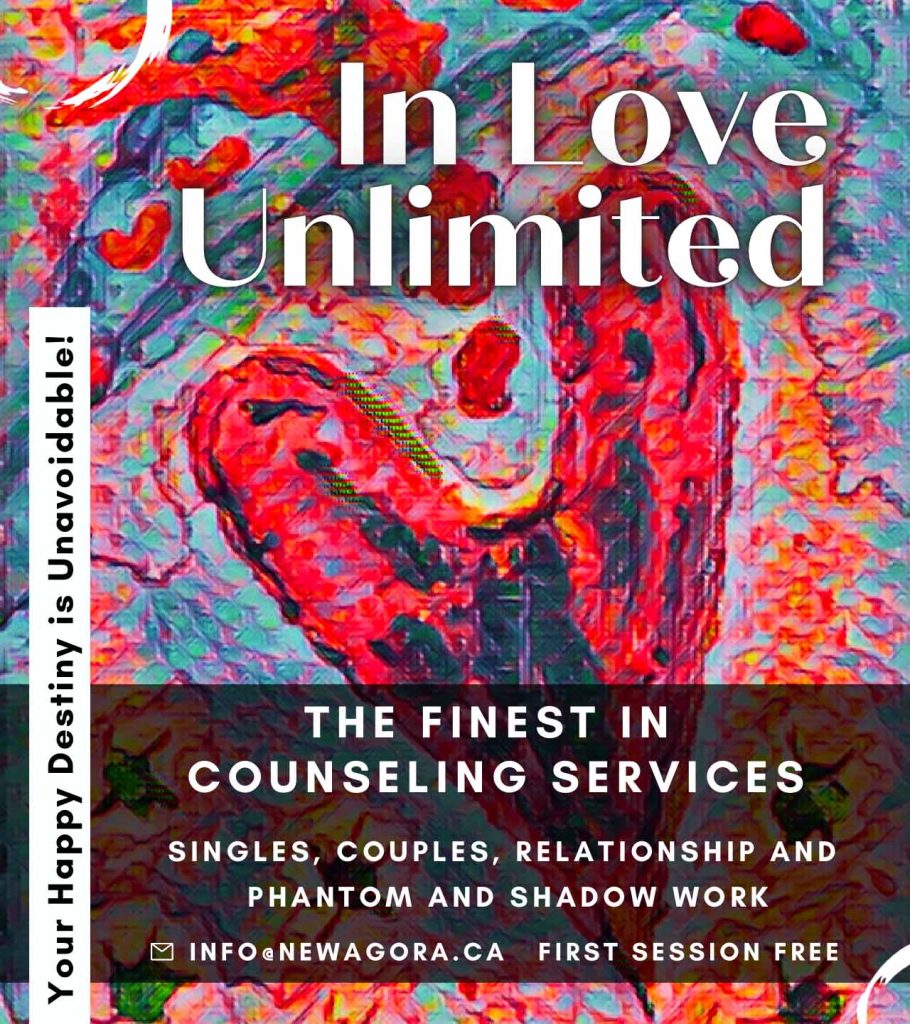By Paul Levy
A number of years ago, a father brought to me his adult son who had suffered, due to an overwhelming psychological trauma a few years before, a psychotic break. As I worked with the son, I noticed that there were two distinct parts of him. On the one hand, due to his inability to metabolize the trauma, he had dissociated and developed a fantasy-based identity which had little relation to what we would call day-to-day reality. As I got to know the son, however, I realized that another part of him was perfectly reasonable, very awake, aware and healthy. Like putting on a suit of clothes, sometimes he would inhabit a persona which was maladapted to consensus reality, while other times he stepped into being perfectly healthy and whole. These two aspects seemed to have no connection with each other, as if they were unrelated and hadn’t met. One of my spiritual teachers, a highly accomplished Tibetan lama, was coming to town, and I thought it might be helpful for the son to connect with my teacher, who was a genuinely compassionate and enlightened person. I set up a meeting between them, with both the father and myself available for joining the meeting if it seemed helpful. At a certain point, all four of us were together, and what unfolded was most revealing. After a little while, the lama began suggesting to the son that his father was getting older, and it would be a great thing if he could be more supportive and be of help to his aging father. I realized that my teacher, though seeing the “crazy” part of the son, was choosing to not give it much attention, and instead was choosing to relate to the part of him which was healthy. The lama so fully embodied and entertained the viewpoint of the son being healthy that he was opening up a doorway, making available the very point of view he was embodying. He was inviting and holding space right in that moment for the son to step into his intrinsic wholeness.
After a little while, the father and I left the meeting, leaving the lama alone to talk with the son. Much to my surprise, the father was very upset, saying to me that my teacher didn’t realize how sick his son was, that he had gotten entranced by his son’s charisma and ability to fool people by appearing to be sane. I found the father’s response most illuminating, as it gave me a deeper insight into the unconscious dynamics of the family shadow between the father and the son.
After this meeting with my teacher, the father never called me again to see his son. Sadly, I never saw the father or son again.
The son wasn’t the only one who had two (or more) distinct parts of himself; the father had multiple parts of himself, too, as do we all. On the one hand, the father had the part of himself that genuinely wanted his son to get well; this was a healthy aspect with which he consciously identified and presented to the world. There was another part of the father which he was unconsciously acting out, however, and this was the part of him that received a certain benefit in believing in and thereby helping to unwittingly perpetuate his son’s illness. I imagine that this unconscious part, if pointed out to the father, would be denied and resisted at all costs. It was clear that for some reason there was a part of the father which was very invested in his son’s identity as being sick.
The father and son were co-dependently entangled in a dysfunctional relationship in which the father was unwittingly colluding in his son’s illness. Because of his rank and position of power and authority, the father’s concretized perception of his son’s mental illness, certified by the “authority” of the psychiatric system, actually helped to invoke his son’s illness, as this was the aspect of the son he was amplifying, calling forth and relating to by viewing him as ill. Once the mentally ill part of the son manifested, this just served to further confirm the father’s solidified viewpoint of his son’s madness as “objectively” existing i.e., being a concrete fact. This process was a nonlinear, self-generating feedback loop which had the nature of a self-fulfilling prophecy. The result of this crazy-making dynamic didn’t ultimately serve either the father or son – the son had become disabled and unable to take care of himself, the father felt not only burdened in having to take care of the son, but felt resentful and victimized by the circumstance he found himself in, a situation he himself unwittingly helped to create. A truly crazy situation which was a “lose/lose” for everyone concerned.
It was as if there was an ancestral, family “curse” which was materializing itself and taking form as it was incarnating through the relationship between father and son. Not merely a personal process, the father and son were en-acting an archetypal dynamic which had literally been passed down and transmitted through the ages. This particular father and son were the current re-presentations of a deeper mythic process which has en-acted itself in human relationships all throughout history. This deeper, archetypal process was patterning, in-forming and animating the father and son’s mutual interactions, as if it was using them as its instruments of both expressing and revealing itself.
Seen symbolically, the father and son’s inter-play was a full-bodied revelation of a transpersonal process in which we are all actively participating, whether we consciously know it or not. Encoded in the process they were en-acting is a revelatory insight into how we are all creatively “dreaming up” our experience of life moment by moment. The family curse was at the same time its own potential revelation, and how it manifests – as a blessing or curse – depends upon if we recognize what it is revealing to us.
Sometimes, or maybe even every moment, vignettes en-act themselves in our personal lives that are like acts in a play or scenes in a dream, allegorical revelations in time of a timeless, archetypal process which exists within the soul of humanity. These seemingly ordinary scenarios, playing out in our day-to-day lives are like crystallizations in-formed by a deeper intelligence whose origin is the collective unconscious itself. An underlying, fundamental psychological dynamic is both literally and symbolically materializing itself and becoming visible through the seemingly mundane dramas we enact in our intimate relationships. This particular father and son was but one prototypical example of a relationship dynamic that plays itself out in innumerable families, be they our families of origin, or the greater human family.
We aren’t able to understand the son’s madness separate from his relationship to the father, as they are both expressions of the underlying family system in which they are contained. The father and son’s madness collaboratively feeds into and off of each other, in that their madness reciprocally co-activates and co-arises together in a way that mutually reinforces each other, which is to say they are interconnected aspects of a greater, unified field. The two roles don’t, and can’t, exist in isolation from each other, but rather, only exist in dynamic co-relation to each other.
As compared to the father, my teacher, on the other hand, picked up a viewpoint which was outside this closed system. He wasn’t being seduced by or buying into the fixed point of view that the son was inherently and substantially sick. The lama’s seeing and relating to the healthy aspect of the son was actually threatening to the father, as it ultimately reflected back to the father his own complicity in his son’s mental illness, which is to say, his own madness. In an attempt to avoid acquaintance with his own questionable sanity, the father projected his own insanity outside of himself, onto the son. Just as we hang a coat on a coat hook, the son had any number of “hooks” to carry the father’s projections. Insanely, the father was willing to “sacrifice” his only son to protect his own narcissism, all in the name of “love.”
The father, through his avoidance of intimate relationship with a part of himself, had created a counterincentive in himself for his son to get well. A part of him was invested in his son staying sick so as to not blow his “gig” – for if his son got well, he would no longer be carrying his father’s shadow, which would then fall back upon the father to deal with in himself alone. The last thing in the world the father wanted to do was look at and deal directly with his own darkness. Jung, commenting on the role that the figure of the father can play in burdening their children with the weight of their own un-illumined shadow projections, simply said, “’They know not what they do.’ Unconsciousness is the original sin.”
If the son were to definitively step out of his role in the family of being the one who is sick, it would reconfigure the dynamics and change the homeostatic equilibrium of the entire family system. Once the greater collective field changes, this would potentially demand the father to come to terms with his own unconscious madness, the very thing of which he is most afraid. In projecting his shadow onto the son, the father was evading responsibility for his own darkness while simultaneously oppressing his son with it. When a parent identifies with a one-sidedly virtuous role and projects out their dis-owned shadow onto the children, the shadow is cast over the children like a spell or falls over them like an enchanted garment of an evil witch, as is portrayed in various myths and fairy tales world-wide from time immemorial. The children then feel themselves unconsciously tied and bound to the parent in a way which limits their freedom. They are then compulsively driven, without knowing why, to fatefully act out in their lives the parent’s unconscious, repressed shadow. It should be noted that this dynamic is not causal, in that the parent projecting the shadow is not “causing” the child to act out the shadow, but simply increases the probability of this happening.
Though immaterial and unquantifiable, projections have their own subtle body, possessing a reality in and of themselves, in the sense that they have palpable effects upon the recipient. To quote Jung, “a projection is a very tangible thing, a sort of semi-substantial thing which forms a load as if it had real weight.” Projecting the shadow is the essence of the darker, spell-casting magical arts, such as voodoo, sorcery or witchcraft. Strong negative projections thrown our way are like projectiles that can potentially bewitch us and literally make us sick, especially when we are in a weakened and suggestible state. The father’s diagnostic, pathologizing viewpoint, particularly when wielded in the name of the objective truth and backed by those with power and authority, is, to quote Noel Cobb, author of Archetypal Imagination, ”no less destructive to the landscape of the soul than chain saws and bulldozers are to the Amazonian rainforests.”
Of course, this dynamic between the father and son reminded me of my relationship with my own father years ago. I, too, had become the “identified patient” of my family system, carrying the family’s unwanted unconscious shadow and mad parts, a process which ultimately propelled me, for the sake of my own sanity, to step out of the (crazy-making) system itself.
Synchronistically, this particular father and son were re-playing and re-presenting the very process of shadow projection which had played out between me and my father, a dynamic which had left a definite impression in my psyche. Seen symbolically, the father and son were an externalized, embodied reflection, in seemingly objective form, co-responding to a psychological process existing within myself. It was as if I had “dreamed up” the father and son into my life in the form of a living symbol so as to “out-picture” and see “out there” my inner, psychological process in literal form so as to be more free of its enchantment within and over myself.
Quantum physics points out that the universe is not made of solid matter at all but is more like a wave function of infinite potentiality which, just like a dream, recreates itself anew as it pulsates in and out of the “radiant emptiness” – the formless void which is the source of all manifestation and is not empty but full – every nanosecond. How we view, observe, or “dream up,” the infinite universal wave function, of which everyone, including ourselves is an expression, in the present moment collapses the wave function into a particularized manifestation whose definite and finite-seeming appearance contains within itself all the evidence we need to en-trance ourselves into thinking that it inherently exists in an objective way, separate from our act of observation. Applying this quantum principle known as the “observer effect” to the domain of human psychology brings into sharp focus the all important principle that the apparent condition of the seemingly “objective world” outside ourselves is always being unconsciously influenced by the condition of the subject, which is us. In essence, to the extent we aren’t aware of how the frame through which we are looking at the world affects the world we are looking at is the extent to which we bewitch ourselves by the power of our own active but not fully consciously engaged creative genius.
What my teacher was naturally em-bodying was the fact that where we place our attention, which is a function of our intention, has the power to influence the way the world shows up. My teacher didn’t marginalize the son’s craziness, he just didn’t focus on it. By relating to the healthy aspect of the son – the part who could switch roles and take care of his father instead of having his father take care of him – my teacher was actually evoking, calling forth, welcoming and potentially dreaming up this healthy part of the son into manifestation. It was as if the lama was a “spiritual midwife,” potentially assisting in the birth of consciousness in and through the son. The amazing thing is that this profound act involved something as seemingly invisible and subtle as a shift of where we place our attention.
This reminds me of my own initial experiences with this very same teacher. When I first met him years ago, I was in deep emotional pain and suffering. Every time I would see him I would share with him all of my problems, how screwed up I felt, and how much pain I was in. He would always listen, but after a while I began to feel that he wasn’t getting hooked by my story that there was something the matter with me. He was honoring my experience, but he wasn’t validating it, making it real nor reinforcing it. In his eyes, I was a perfectly healthy and whole human being, and this was the Paul he was relating to. Of course, he was only able to see the healthy, whole and awake part of me because he was so in touch with this part of himself.
As our relationship deepened, the healthy and whole part of myself began to emerge, as if my teacher had created a bridge and helped me to step into myself. This is truly what a “blessing” is, and it’s not just an enlightened lama who can do this. We can all do this for each other.
ABOUT THE AUTHOR: A pioneer in the field of spiritual emergence, Paul Levy is a healer in private practice, assisting others who are also awakening to the dreamlike nature of reality. Paul is also a visionary artist and a spiritually-informed political activist. He is the author of The Madness of George Bush: A Reflection of Our Collective Psychosis, (click here to read the first chapter). Feel free to pass this article along to a friend if you feel so inspired. Please visit Paul’s website www.awakeninthedream.com. You can contact Paul at paul@awakeninthedream.com; he looks forward to your reflections. Though he reads every email, he regrets that he is not able to personally respond to all of them.
Copyright © 2020 Awaken in the Dream



 www.awakeninthedream.com
www.awakeninthedream.com

